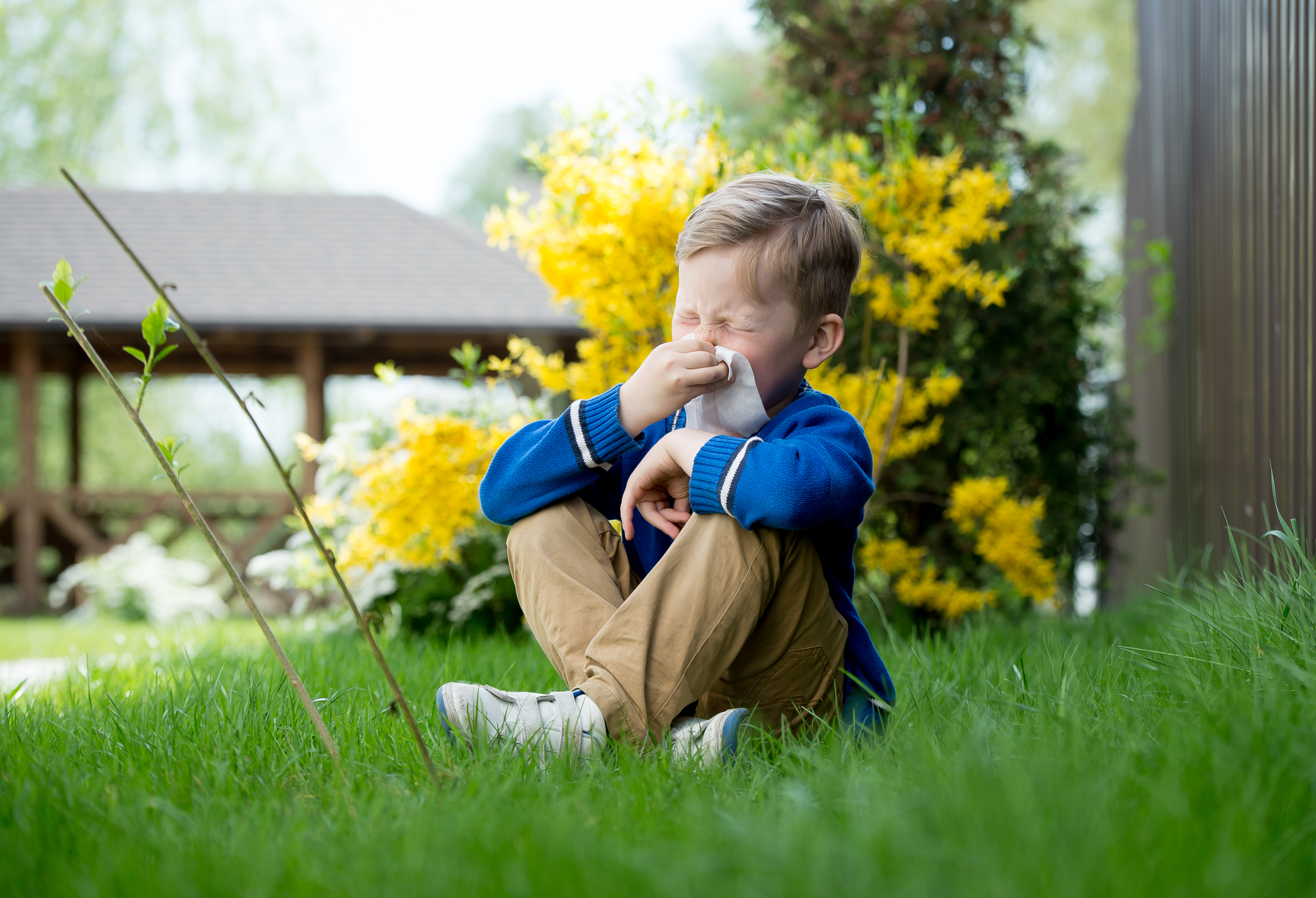As spring blossoms and pollen fills the air, many families find themselves in the pharmacy aisle, overwhelmed by the myriad of allergy medications. Choosing the right medication can be confusing, but understanding the differences can help you make an informed decision. Dr. Katie Hryniewicz, Pediatrician at Palouse Pediatrics provides her expertise to help you navigate the options and ensure you’re picking the best treatment for your child’s symptoms.
Antihistamines
First-Generation Antihistamines: Why Benadryl Isn’t the Best Choice
“One of the widely known antihistamines, a first-generation, is Benadryl (diphenhydramine),” says Dr. Katie. “Even though parents might reach for this for allergies, hives or itching, it’s definitely not my recommendation.” Here are a few reasons why:
- Non-Specific Targeting: Benadryl has poor specificity for its intended targets, which means it can affect various unintended body systems, including the heart and brain.
- Significant Sedation: Benadryl crosses the blood-brain barrier, which can lead to increased drowsiness. This can result in a “hangover effect” the next day, impairing vigilance, cognition, memory, and motor function, potentially impacting school performance.
- Short Duration: Benadryl doesn’t stay in your system for very long, requiring frequent re-dosing (every 8 hours) and increasing the likelihood of side effects.
- Modern Alternatives: Newer antihistamines start working just as quickly and provide 12 or even sometimes 24-hour relief.
Better Alternatives: Second and Third-Generation Antihistamines
Fortunately, “we have newer, second and third-generation antihistamines that can be found over-the-counter,” Dr. Katie says. “These medicines are safer, more effective, and cause less sedation.” These options include:
- Loratadine (Claritin)
- Cetirizine (Zyrtec)
- Fexofenadine (Allegra)
- Levocetirizine (Xyzal)
These medications offer a win-win situation by providing effective symptom relief with once-daily dosing and minimal side effects.
Nasal Allergies and Irritation
If nasal allergies are your primary symptom and you’re struggling with congestion or post-nasal drip, steroid nasal sprays can be a game-changer! “Options like Flonase, Nasacort, and Rhinocort help reduce nasal inflammation,” explains Dr. Katie. “They can also decrease swelling of nasal passages, and improve symptoms such as nasal congestion, runny nose, and sneezing.”
Another option for relieving nasal irritations is using saline rinse bottles or neti-pot devices. “These devices can flush out mucus and allergens directly from your nose,” says Dr. Katie. To reduce the risk of infection, use bottled or distilled water and rinse the irrigation device with clean water after each use, allowing it to air dry.
Eye Allergies
If your worst symptoms are itchy, burning, watery, or swollen eyes, you may have allergic conjunctivitis. Simple lubricating eye drops or artificial tears can help flush out the eyes. If that doesn’t work, Dr. Katie recommends trying an antihistamine/mast cell stabilizer eye drop such as Pataday or Zaditor.
Beyond Over-the-Counter (OTC) Medications
If at the end of the day, nothing has worked for your child, there are also prescription options for allergies or allergic asthma, and treatments like allergy testing and immunotherapy (allergy shots) that might be indicated in certain cases.
If your child is suffering from allergy symptoms and you’re unsure about what to do, don’t hesitate to reach out to our office, Pullman: (509) 332-2605; Moscow: (208) 882-2247. Palouse Pediatrics can help determine the best course of action and guide you through the various options to help alleviate allergy discomfort in your child.
